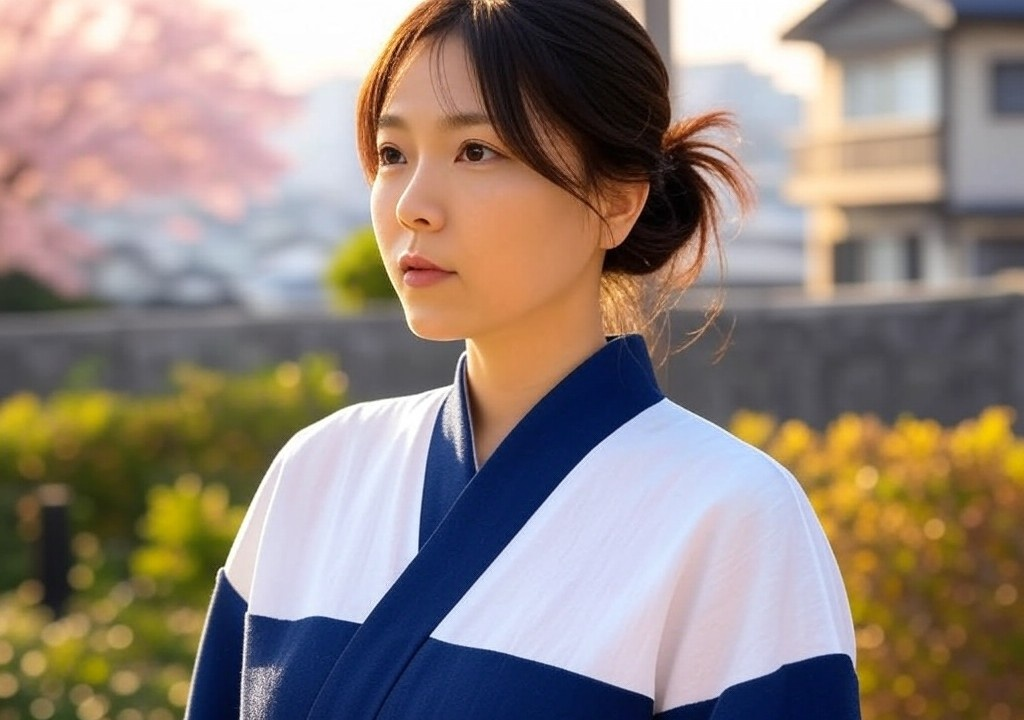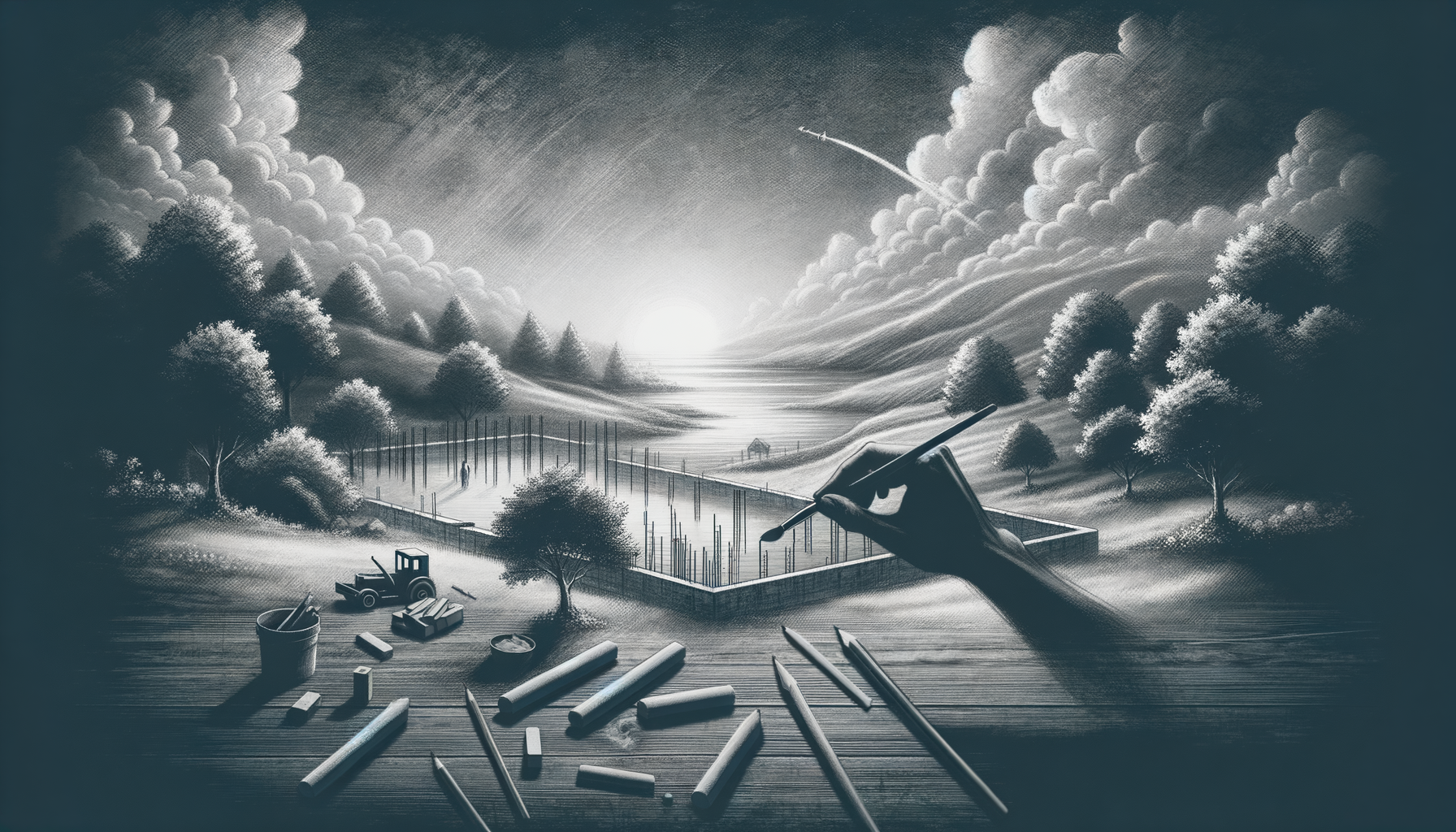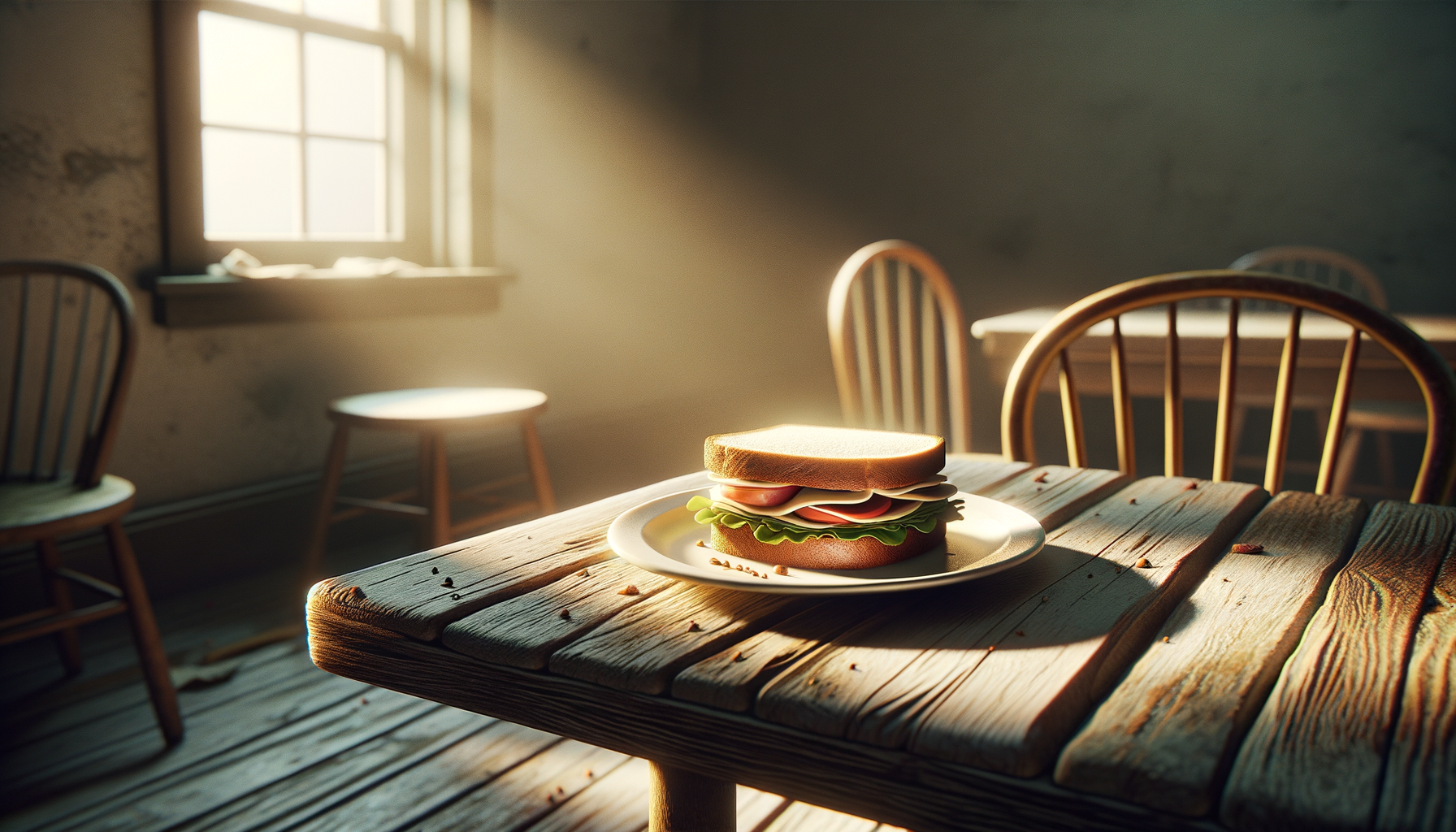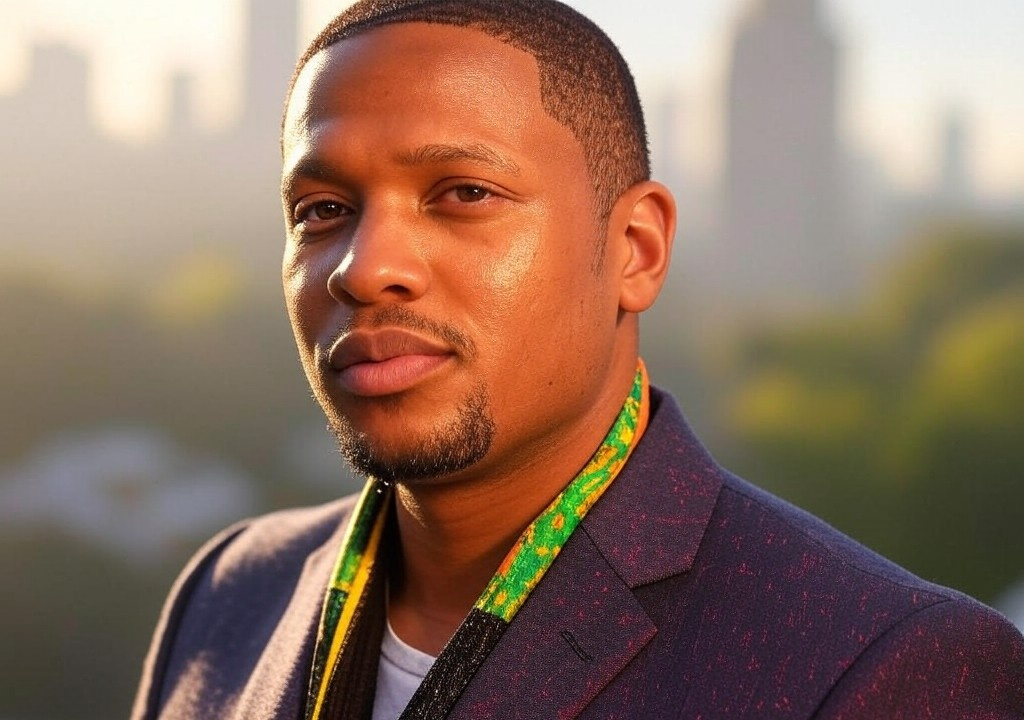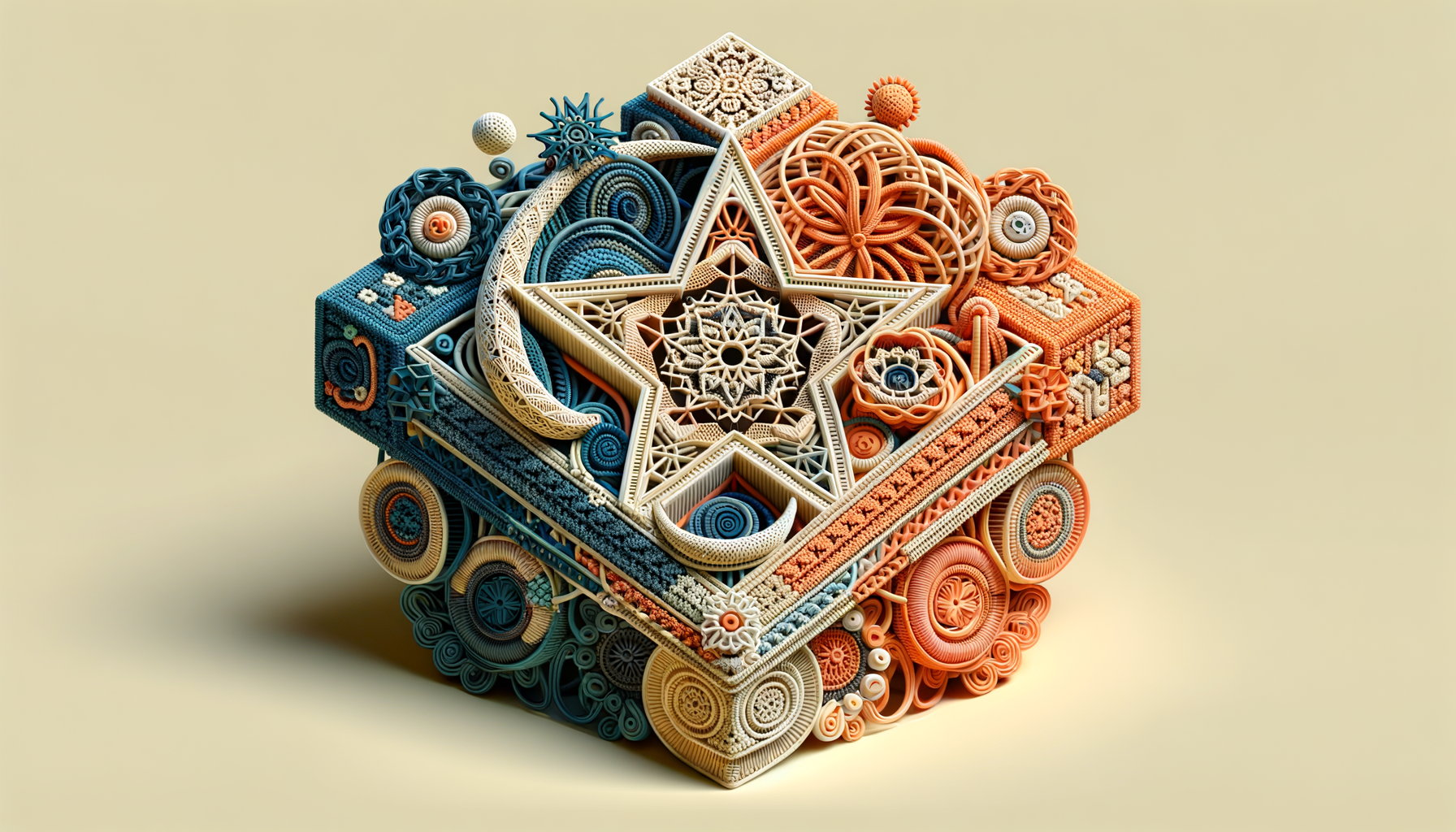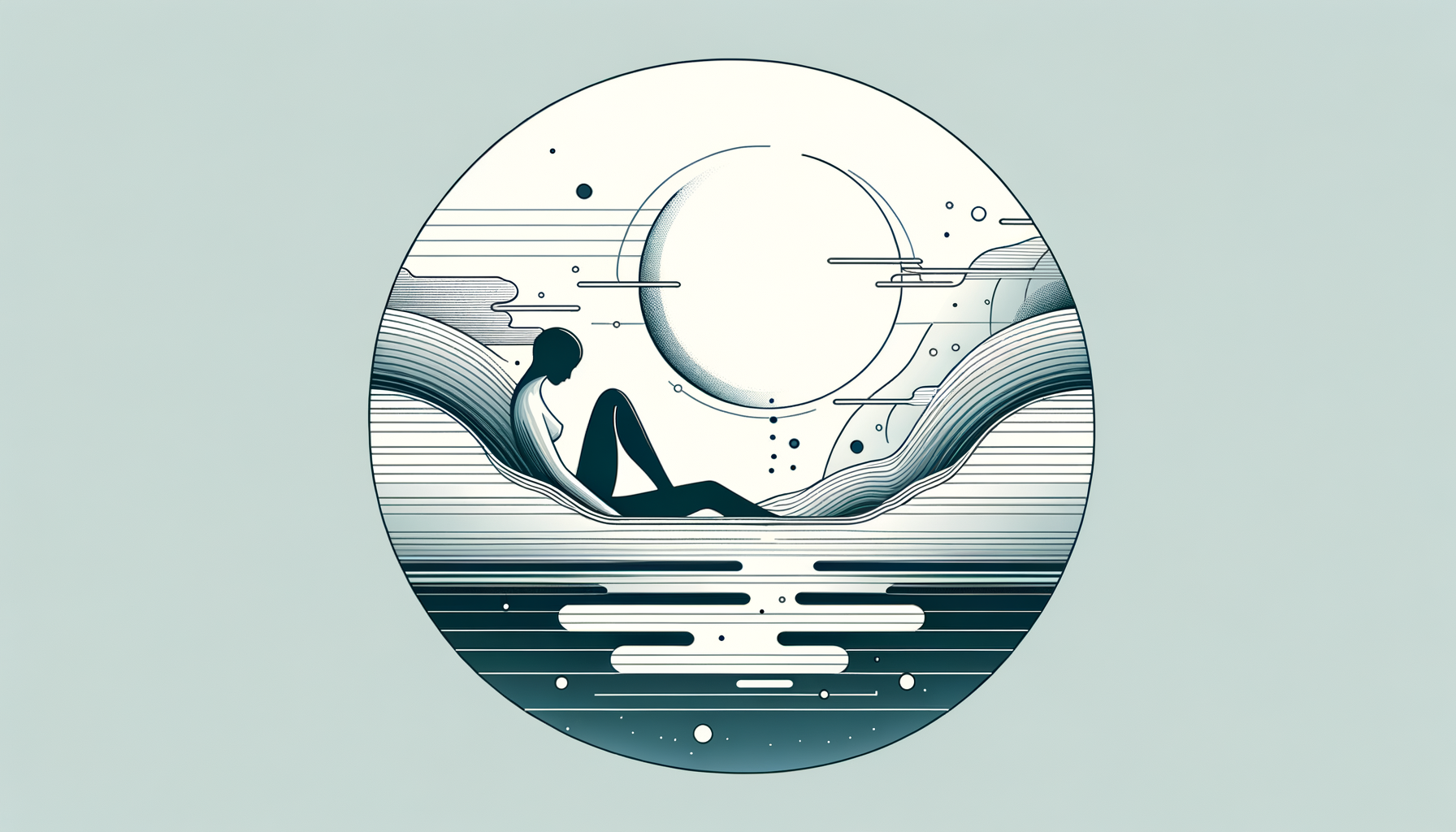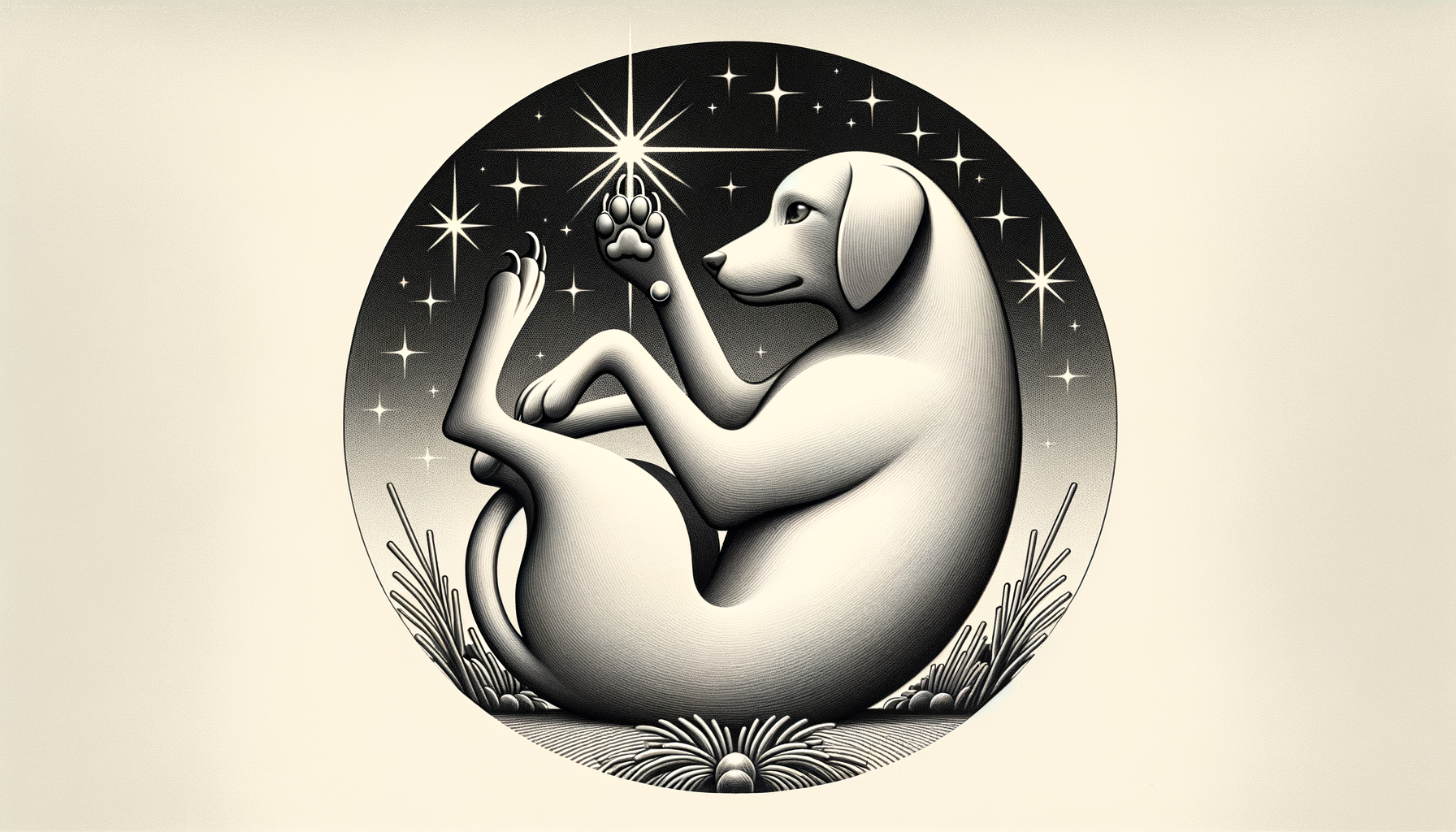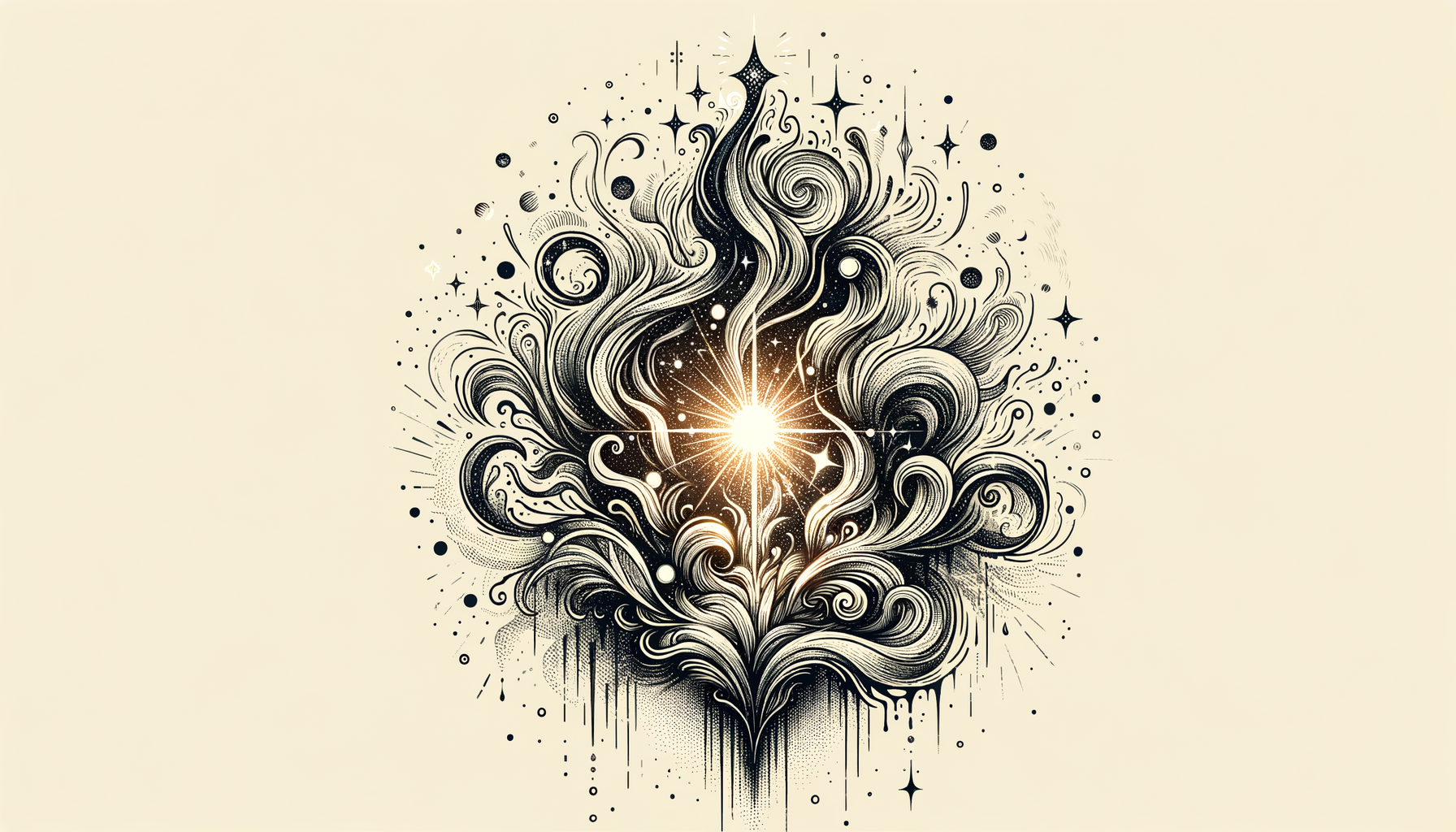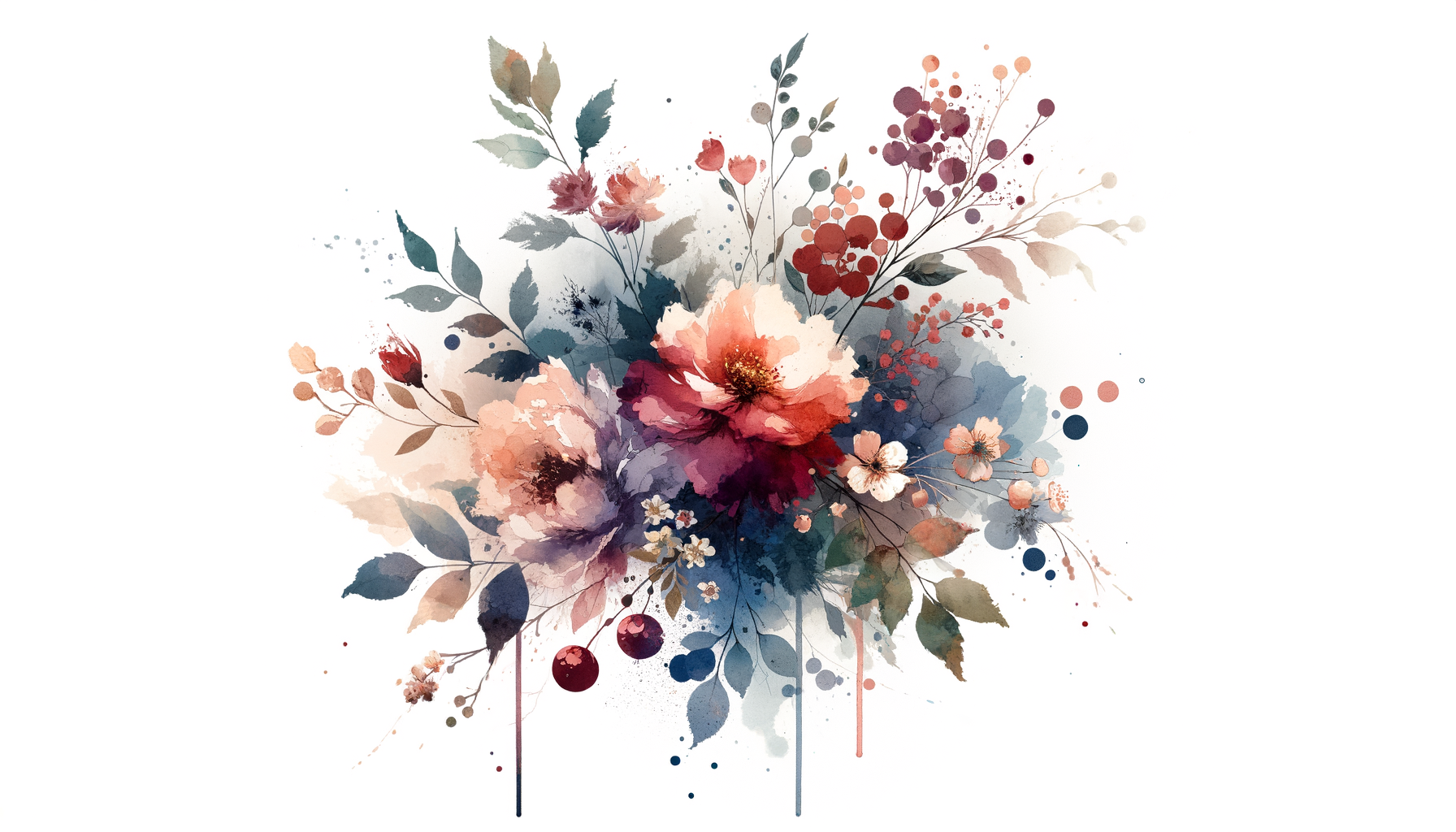The thing about a bad year is that it doesn’t announce itself. There’s no text message from the universe saying, “Hey, heads up, this year’s going to suck. Prepare accordingly.” For me, it crept in quietly, like a small crack in a teacup that only shows itself when you’re pouring hot water. Before I knew it, everything was leaking out.
Looking back now, I can litter the timeline with red flags. My decade-long relationship ended in the spring. By summer, I left a career that once felt like my calling. My savings account looked as wilted as the hydrangeas my mother used to rescue in her shop—overwatered, under-loved, and barely hanging on. And by autumn? Let’s just say the cheerful pumpkin spice vibes were drowned out by a cacophony of self-doubt and astonishingly bad first dates. (One featured a man who compared himself to Elon Musk after splitting the check. I still don’t know what to unpack there.)
It was as if life had organized a personal earthquake, shaking the foundations I thought were unshakable. But here’s the thing about falling apart: You get to rebuild. And when you do, you discover corners of yourself you’d forgotten—or never knew existed. This is the story of how I put things back together, one clumsy, beautiful piece at a time.
Chapter 1: Love, Unlearned
When my relationship ended, I thought it was the end of me. (Spoiler: It wasn’t.) Ten years is a long time to memorize someone else’s rhythms, to move through the world as part of a partnership. Walking away from that felt like untying a knot so tightly wound it had become part of me.
At first, I tried to patch the heartbreak with distractions—yoga classes, travel plans, and even a very ill-advised rebound with someone who claimed to “not believe in labels” but definitely believed in texting me at 2 a.m.
But here’s what I learned: Distractions only postpone the real work. Heartbreak is like cleaning out a cluttered attic—it’s messy, overwhelming, and you’ll definitely trip over things you forgot were there. I unearthed questions I hadn’t asked myself in years: What did I actually want in a relationship? Who was I when I wasn’t “us”?
The best move I made during those first few months was to give myself permission to sit with the mess. I spent evenings journaling in cafés, scribbling down not just what I missed but also the patterns I didn’t want to repeat—ways I had ignored my own needs for the sake of harmony, moments I had let fear dictate my choices.
Takeaway Tip: When things fall apart, treat it as an excavation. Write down the pieces you want to carry forward and the ones you’re ready to leave behind.
Chapter 2: Work in Progress
If heartbreak cracked my foundation, leaving my job was what sent it tumbling down. For years, I had worked in the art world curating exhibitions and writing essays that I thought defined me. But somewhere along the way, my passion had turned into a grind. Every email felt like pulling teeth, every critique left me doubting my purpose.
Quitting felt bold in theory. In reality, it felt more like jumping out of a moving train without a parachute. I remember my professor father’s well-meaning advice echoing in my ears: “Traditional paths are safer.” But safety isn’t the same as happiness.
I started small. I launched a blog where I wrote about art and relationships—miniature love stories I discovered in Renaissance paintings or hidden meanings in Japanese woodblock prints. To my surprise, people actually read it. (To my bigger surprise, people paid me to write more.)
That year, I learned the truth about reinventing yourself: It’s chaotic, experimental, and deeply humbling. But it’s also thrilling to take the scenic route through life, even if it’s not what you pictured on the map.
Takeaway Tip: Sometimes, quitting isn’t failure; it’s a recalibration. Trust that walking away from what doesn’t fit will make space for what does.
Chapter 3: A Symphony of Small Joys
By the time December rolled around, I still didn’t have everything figured out (who does?), but I started noticing tiny sparks of joy again. It was in the small, unassuming moments: sipping matcha at my neighborhood tea house, flipping through used books, or catching a Sakamoto piano piece on my evening walk.
I started practicing what I now call “deliberate joy hunting.” Every day, I aimed to notice three things that made me smile. One day it was a stranger’s laugh on the subway; another, it was a perfectly soft-boiled egg. Slowly, these little moments stitched together into something stronger—a thread of hope that reminded me of everything beautiful I still had in my life.
And then, there was dating. I won’t romanticize it. Most nights, it felt like auditioning for a very low-budget rom-com with no director. There was the guy who brought a whiteboard to our date (“Here’s a graph showing why we’d be a great match!”) and another who spent an hour dissecting his skincare routine while asking me zero questions. And yet, through the awkwardness and ghost texts, I learned to laugh again—to appreciate the absurdity of it all.
Takeaway Tip: Even during your worst year, look for small moments of beauty. They’re the scaffolding that will hold you up.
Chapter 4: The Comeback
If you’d told me then that by the following spring I’d be happier than I’d been in years, I wouldn’t have believed you. But here’s what I know now: Falling apart can be a gift in disguise—not the elegant kind wrapped in ribbon, but the messy, necessary kind that forces you to grow.
I rebuilt my life brick by brick, not by chasing perfection but by embracing change. I found strength in being vulnerable, ownership in my narrative, and joy in rediscovering myself outside of the roles I used to inhabit.
And for what it’s worth, I no longer measure years by whether they were “good” or “bad.” Instead, I measure them by how much I’ve grown.
Takeaway Tip: When rebuilding feels impossible, just start where you are. Growth isn’t linear, but it’s always worth it.
Here’s what I tell my friends when they’re living their own versions of a bad year: You don’t have to be perfect to put yourself back together. You just have to show up for yourself—again and again, until one day, the cracks start to feel more like history than wounds.
And remember this: Nothing stays broken forever. Not teacups. And certainly not you.


